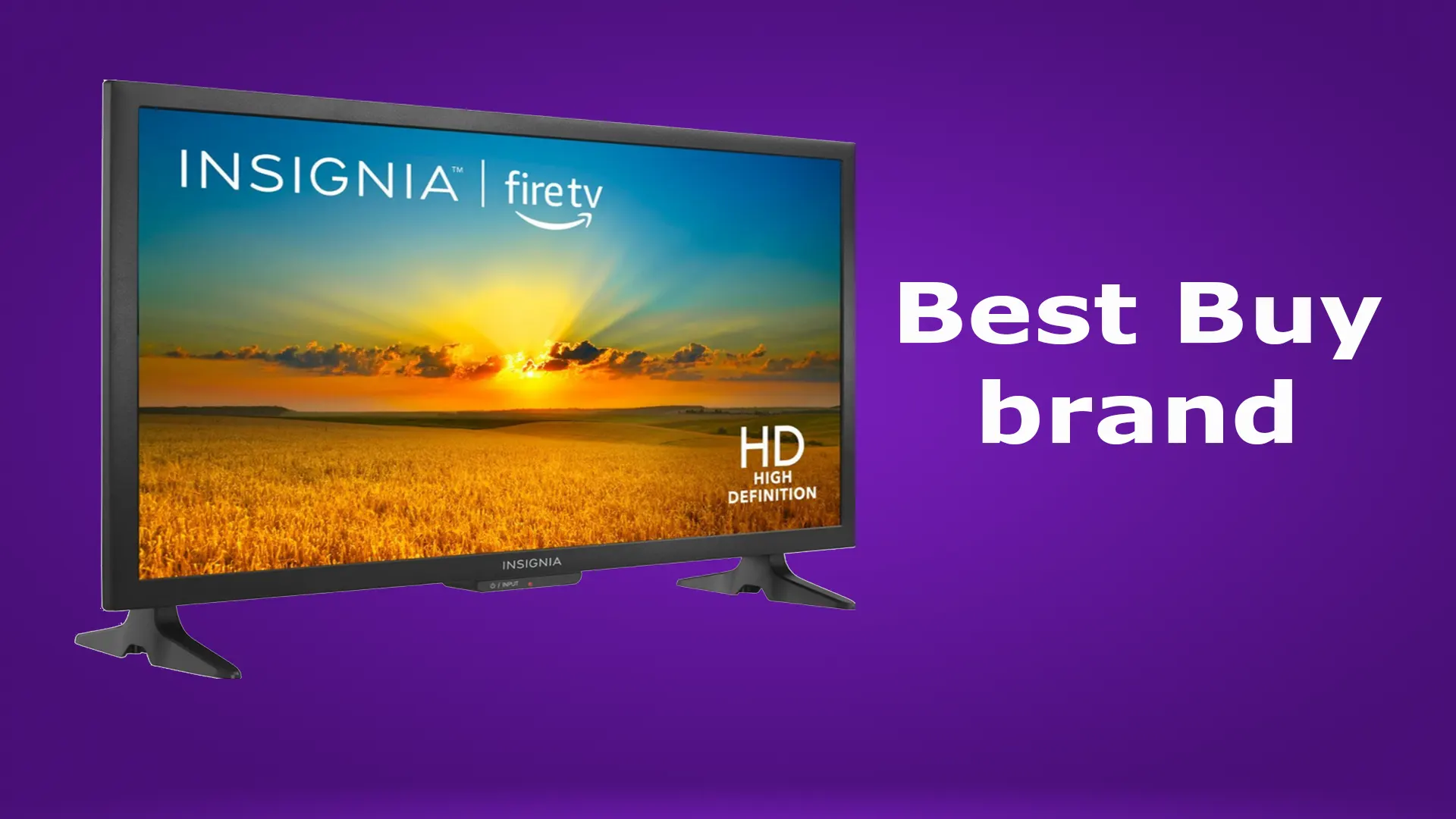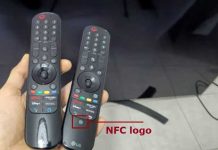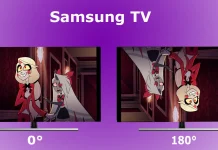Asserting Insignia TVs’ manufacturing origins and partnerships requires a nuanced understanding of global electronics manufacturing, brand licensing, and operational dynamics in the industry. Insignia is the house brand of Best Buy, a well-known electronics retailer in the United States. Best Buy’s Insignia brand strategy involves outsourcing production to various original equipment manufacturers (OEMs), primarily in China. This is a common practice in the electronics industry to improve cost efficiency and leverage expertise.
Hisense Corporation, a significant player in China’s global electronics and home appliance market, has been identified as a leading supplier of Insignia TVs, especially those equipped with the Amazon Fire Smart TV operating system.
Who owns the Insignia brand
Best Buy Co., Inc., a leading retailer specializing in consumer electronics and a wide range of other product categories, owns the Insignia brand. This ownership is symbolic of a strategy common in the industry, where companies register a brand and order the production of televisions and various devices under that brand name. This approach is not unique to Best Buy; it mirrors the operating models of companies like Amazon and Vizio, which do not have manufacturing facilities despite their significant market presence.
Owning a brand like Insignia offers several strategic advantages. First, it builds brand recognition by allowing Best Buy to saturate the market with branded products. This direct-to-consumer model eliminates the need for a distribution chain involving wholesalers and other intermediaries, providing a more streamlined and cost-effective path to market. Consequently, this efficiency improves profitability and allows for competitive pricing strategies. Products can be offered at a lower price compared to competitors.
Insignia TVs are good or not, here’s what you should know
Insignia TVs, available at Best Buy, are positioned in the consumer electronics market as an affordable option for budget-conscious buyers. With features such as modest screens, 8-bit color depth, and 60 frames per second refresh rate, Insignia TVs target a demographic for whom economic benefit is more important than cutting-edge technology. Responding to the market demand, buyers are offered non-smart TVs; these TVs do not support work with applications, voice control, and so on, but such a TV with a screen size of 40 inches you can buy for $130. Yes, these TVs are at the 2015-2016 level. Still, while Insignia TVs can only partially compete with the latest models from industry leaders regarding technological innovation and superior specs, they have their place in their market segment.
In 2018, Best Buy and Amazon formed a strategic partnership that brought Amazon’s Fire Smart TV operating system to Insignia TVs. This collaboration increased the value of Insignia TVs through deeper integration with Amazon’s ecosystem of services, thereby enhancing the smart functionality of these budget models. The agreement also positioned the Insignia brand as an Amazon partner, further expanding its distribution and availability in Amazon’s vast online marketplace.
Where Insignia TVs are made, Samsung components in Insignia TVs
The origin of Insignia TVs and the selection of components has been the subject of widespread speculation and misunderstanding, particularly regarding the use of components from leading manufacturers such as Samsung, LG, and Toshiba. Contrary to some claims on the Internet, Insignia TVs do not use components from these companies in their assembly. This misconception may be due to a broader misunderstanding of leading brands’ electronics manufacturing practices and policies.
For example, Samsung, a global leader in consumer electronics, exited the LED screen business in 2021 by selling it to TCL, a well-known Chinese electronics company. Samsung and LG, known for their innovations in display technology, have a policy of not supplying TV electronics – such as components and circuit boards – to third-party assemblers, except for cooperation with premium brands. This policy is in place for strategic reasons to prevent the production of copies of TVs that could weaken their market presence and brand integrity.
In addition, installing operating systems such as Android or Fire TV OS on circuit boards originally designed for LG or Samsung is technically impossible, dispelling the notion that Insignia TVs could use these components.
Toshiba stopped producing its own TVs in 2015 and switched to licensing its brand to other manufacturers, most notably Compal Electronics, Inc. In 2018, Toshiba further distanced itself from direct involvement in TV production by transferring its visual solutions division to Hisense.
The production of Sharp TVs is also a subject of misunderstanding. Although the Sharp brand has a rich history in electronics, it is majority-owned by Foxconn (formerly known as Hon Hai Precision Industry Co., Ltd.), which has changed the dynamics of production. For example, Sharp TVs are Foxconn products, and some Insignia TVs are also manufactured in Foxconn facilities, underscoring the interconnected nature of global electronics manufacturing.
Insignia TVs are manufactured in various countries, including China, Taiwan, and Malaysia. However, the specific OEMs responsible for their production are not publicly disclosed. In today’s electronics market, the focus is shifting to brand and consumer experience rather than product origin. Companies such as Foxconn, which acts as a contract manufacturer for many well-known brands, epitomize the globalization of electronics manufacturing.
Is a Insignia TV a good brand?
Evaluating whether an Insignia TV is a “good” brand requires a multifaceted approach considering product quality, price, and longevity factors.
Generally speaking, Insignia smart TV models are in the same class as Samsung’s Crystal UHD series or LG’s Nano Cell, as well as most models from Hisense, Vizio, or TCL. They’re also comparable to TVs from Amazon, Philips, and most other brands because they’re built from the same components.
Considering that Insignia has models without intelligent features, these TVs don’t qualify for the current qualification as they are at least seven years outdated. It’s a neutral brand, like 80% of other TV brands. If you compare all the Fire TV models, you’ll find they’re all made from the same components. For example, I talked to an acquaintance who repairs electronics, including TVs, and he said that I had four TVs in repair from different brands, with different prices, but they turned out to be identical inside.








TV is fine. But the remote is a piece of s!!t
Insignia TV from Best Buy are very good. It’s 3 years+, the picture is still just as bright and clear since the day I bought it. Will buy again when and if the time comes.
[…] currently controlled by the Chinese manufacturer Hisense, as well as Sharp and Insignia. Its Smart TVs include Amazon Fire Smart TV and […]
Do you carry a Samsung 40 inch smart TV?